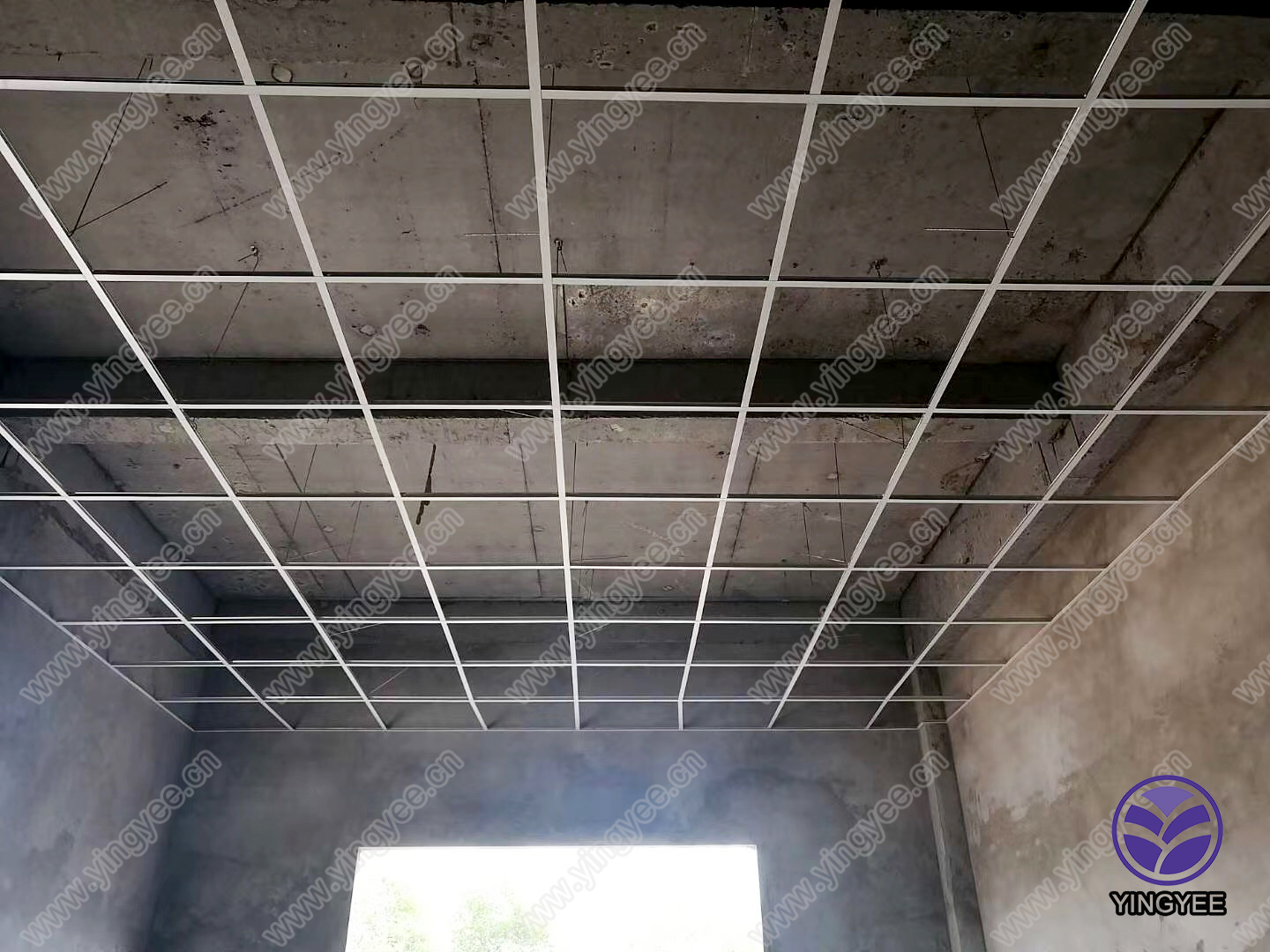
Exploring IBR Profiles and Double Layer Roofing Forming Machines
In the world of modern construction, efficiency and durability are paramount. One essential element in this realm is the roofing system, which plays a crucial role in sheltering spaces while enhancing aesthetic appeal. Among a variety of roofing profiles, the IBR (Inverted Box Rib) profile has gained significant popularity due to its strength and versatility. To produce IBR roofing sheets, double layer roofing forming machines have become a game-changer in the manufacturing process.
IBR profiles are characterized by their unique ribbed design, which not only provides structural integrity but also offers excellent resistance against harsh weather conditions. The raised ribs increase the rigidity of the sheets, enabling them to withstand heavy loads such as snow, rainfall, and even strong winds. Additionally, the IBR profile provides an attractive appearance, making it suitable for both residential and commercial applications. With the rising demand for IBR sheets, manufacturers are turning to advanced machinery to streamline production while ensuring high-quality outputs.

Enter the double layer roofing forming machine – an innovative solution that allows the simultaneous production of two different profiles. This machine is designed to enhance efficiency by enabling manufacturers to switch between profiles like IBR and corrugated sheets effortlessly. By utilizing one machine for multiple products, companies can significantly reduce equipment costs and production time. The process begins with feeding the raw materials, typically galvanized steel or aluminum, into the machine, where they undergo precise forming and cutting, resulting in perfectly shaped roofing sheets.
The advantages of employing a double layer roofing forming machine go beyond cost-effectiveness. These machines are equipped with advanced technology, ensuring precision in every step of the manufacturing process. This level of precision minimizes waste and reduces the likelihood of defects, leading to a higher yield of quality products. Moreover, manufacturers can respond swiftly to market demands, producing customized orders without the need for excess equipment or long lead times.
In conclusion, the combination of IBR profiles and double layer roofing forming machines represents a significant advancement in roofing sheet manufacturing. As the construction industry continues to evolve, embracing such innovative solutions will be crucial for manufacturers aiming to remain competitive and meet the demands of modern architecture. By investing in efficient production methods, they can not only enhance their product offerings but also contribute to sustainable building practices in the long run.